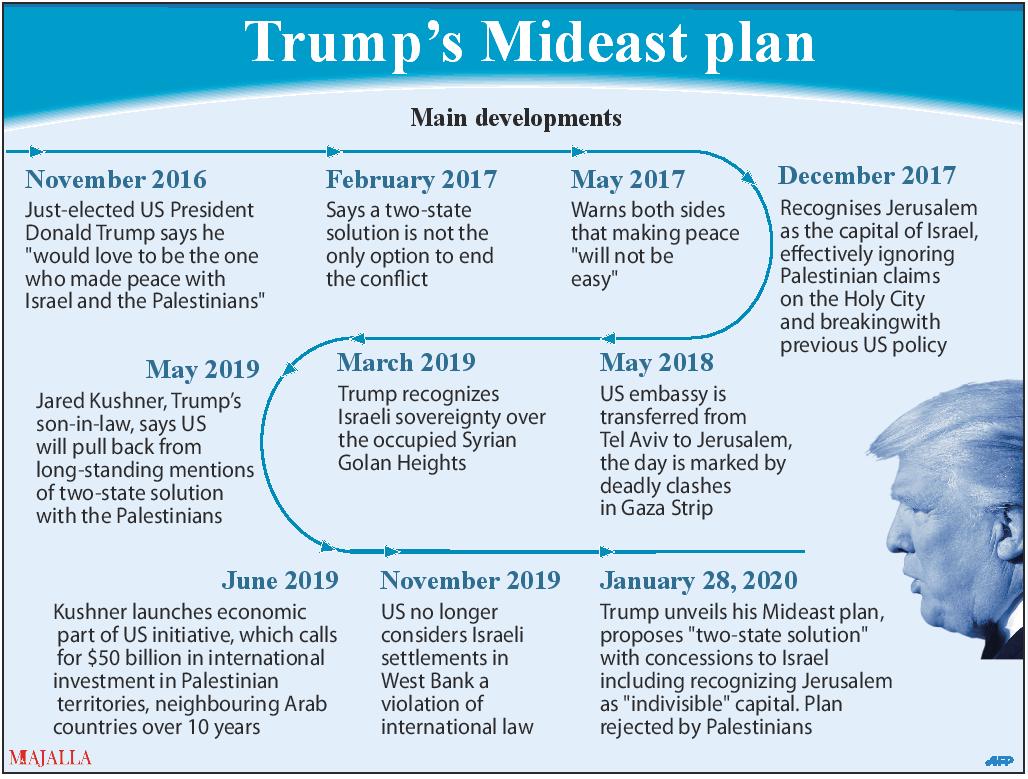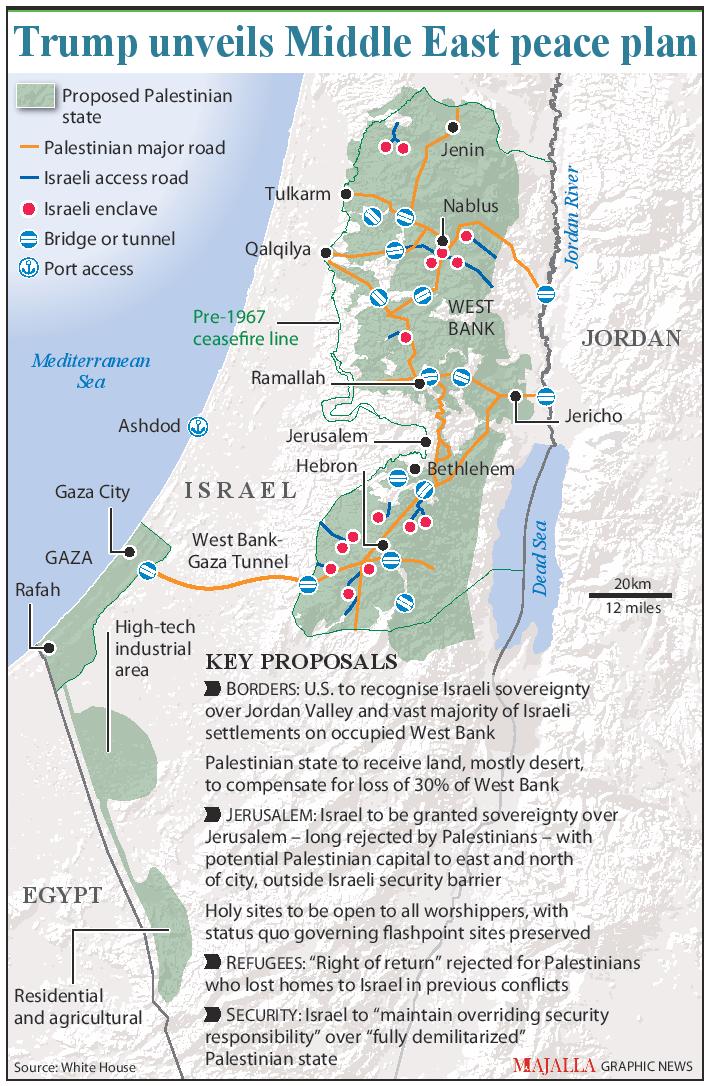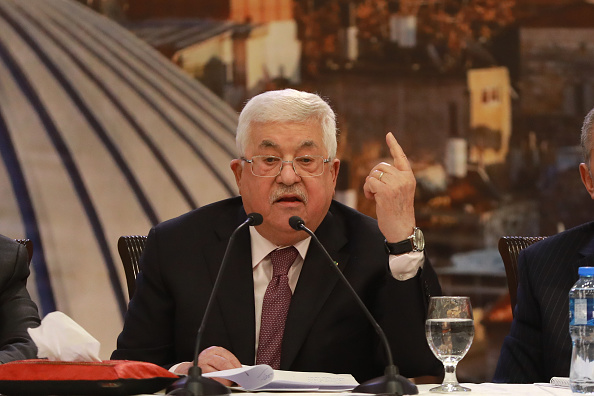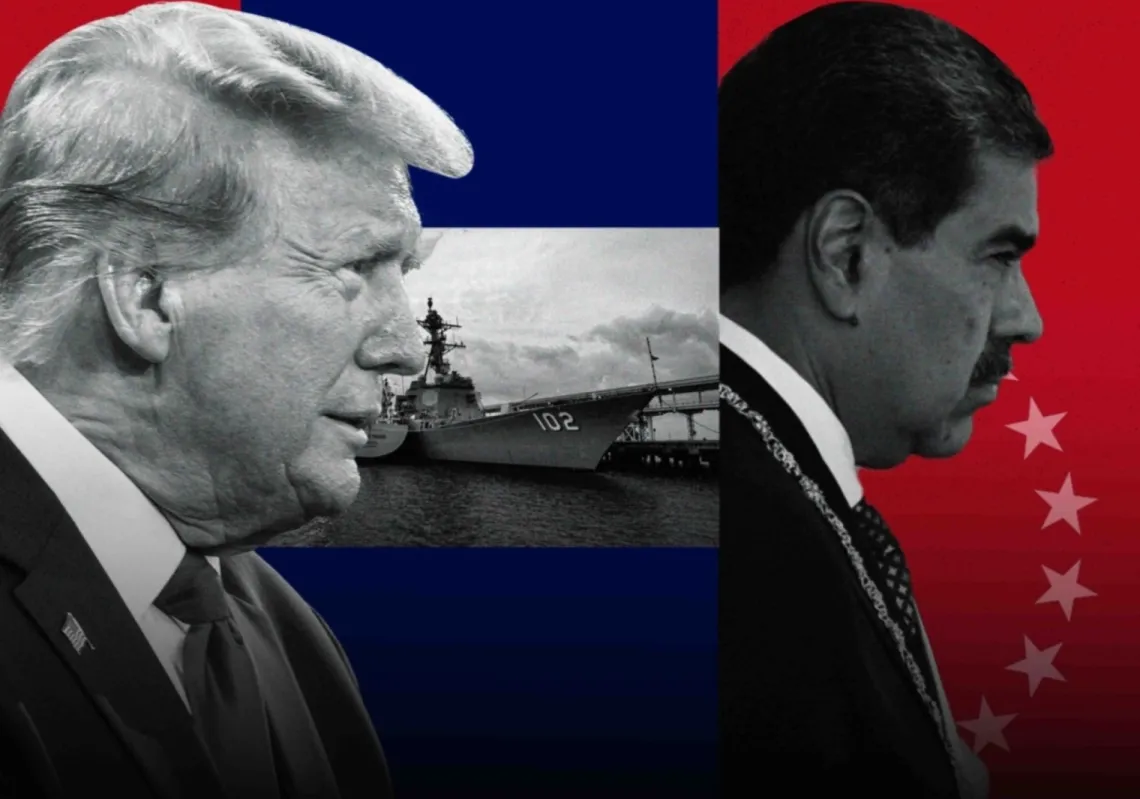
THE TWO STATE SOLUTION IS STILL EXISTENT
During the past year, the secrecy of the political component of the plan paved the way towards many unfounded conspiracy theories which ended up being incorrect. One example was that the US had abandoned plans for a two-state solution in favor of a one-state solution in which the West Bank and Gaza are absorbed into Israel. Needless to say, the announcement made it clear that the Trump administration is still committed to a two-state solution with a Palestinian state based within the West Bank and the Gaza Strip. While fears of a one-state solution were lifted, many Palestinians still expressed dissatisfaction with the plan as they are still committed towards a two-state solution based on pre-1967 war borders.
Another point of contention is the issue of Israeli settlements in the West Bank, which many in the international community view as illegal, while the Trump administration thinks otherwise. The plan recognized Israeli sovereignty over these settlements but called for a four-year freeze on new settlement construction during which the Palestinians and Israel can sit together and further negotiate a future comprehensive peace plan. Furthermore, the plan gives Israel sovereignty over more land with the West Bank mostly from the strip of land that is situated west of the Jordan River. To compensate for this loss of land, the Palestinians will be given land in the Negev Desert which would be developed as a high-tech industrial area and a residential and agricultural area.
JERUSALEM: AN UNDIVIDED CAPITAL SPLIT BETWEEN TWO STATES?
During the announcement, Trump seemed to make two contradictory statements that confused some spectators. At first, he emphasized that Jerusalem would become the undivided capital of Israel, while also stating that the Palestinian state’s capital would be in eastern Jerusalem. This seemingly contradictory plan for the Holy City is made clearer in the actual plan which states Israel would have Jerusalem as its capital. Since the border between the Palestinian state and Israel will be based on the security barrier that the latter built during the Second Intifada, meaning that the capital of the proposed Palestinian state would be made of the sections of East Jerusalem that fall outside the security wall. Palestinians living on either side of the security barrier in Jerusalem will have the option to become either Palestinian citizens or Israeli citizens.
Such a proposal did not bode well with the Palestinian leadership, hours after Trump and Netanyahu announced the key components of the plan, Mahmoud Abbas declared live on television that “Jerusalem wasn’t for sale”. This did not come as a surprise to many observers since the controversy surrounding the status of Jerusalem was what triggered the Palestinian Authority’s cut from diplomatic ties with Washington as it has previously stated that it would only accept a peace plan that granted it East Jerusalem in its entirety as its capital. Also under the plan, Jordan would maintain its status quo authority of Al Aqsa Mosque and Temple Mount.
SECURITY, DEMILITIRIZATION, AND REFUGEES
If the Palestinians accept the plan, then the Gaza Strip must be demilitarized and Hamas must be stripped from its power in the region. Furthermore, terrorist groups such as Hamas and Islamic Jihad must handover all their arms, and Palestine would need to stop financial compensation to such groups. Though Palestine would have its own security forces, Israel would be responsible for border and crossings security. Another issue that the plan addressed is the right of Palestinian refugees displaced during the 1948 War to return to former Palestinian lands. The plan rejected any prospects of Israel absorbing any Palestinian refugees but stated that they had the right to Palestinian citizenship or citizenship of the countries they reside in. The US would also give the refugees some sort of monetary compensation in the future.
Although most details regarding the economic component of the plan were revealed last summer, Trump’s announcement gave further insight into what’s in store for the Palestinians should they accept the plan. First of all, the US will negotiate a free-trade agreement with the State of Palestine and will encourage allies in Europe and the Middle East to do the same. Trump would further announce in the White House plans to provide Palestine with 50 billion dollars geared towards development aid. The plan also calls for the establishment of a free-trade zone between the Kingdom of Jordan and the proposed Palestinian state and goods from the free-trade zone will be exported via an airport in Jordan. Of course, this free-trade zone can only be established after the Kingdom of Jordan gives its greenlight.
Crucially, the plan calls for the development of an industrial zone in the Negev Desert which aims to help the State of Palestine become a new center for the high tech industry in the region. The Palestinians will be provided with tax incentives and on the site training to help make their industry competitive. Furthermore, the plan aims for the establishment of similar facilities in the neighboring countries in the region which will further help the proposed Palestinian high-tech industry take flight and soar.

ISRAELI OFFICIALS PRAISE PLAN
As previously stated, both Israeli Prime Minister Netanyahu and opposition leader Benny Gantz have commended the plan and view it as a positive step for both Israel and the Palestinians. Netanyahu was especially delighted over the fact that the plan recognized Israeli sovereignty over settlements in the West Bank, something that previous administrations have often drawn a red line over. He was also pleased that Jerusalem would remain as an undivided capital for Israel, while still retaining people of all faiths the right to access religious sites.
He later appeared on Fox and Friends, where he repeated his approval of the plan but also warned the Palestinians against rejecting it stating that it might be the most generous offer they will get. He emphasized that the plan requires both sides to make compromises and that Israel is willing to make these concessions.
A FINAL OPPORTUNITY FOR THE PALESTINIANS?
During the announcement of the plan, President Trump warned the Palestinians against rejecting it as he believes that it might be a final opportunity for them to achieve two vital goals, peace with Israel and statehood. Nevertheless, the PA still rejected the plan since it did not accept the prospect of losing land in the West Bank and East Jerusalem. It is still unknown what course of action the PA plans to take, there are speculations that it will attempt to wait out till the next US presidential election in November, in hopes that Trump will be voted out and a new president would then renew efforts towards a different peace plan. However, this plan might prove to be fruitless since there is little reason to believe that Trump will not remain president in the next four years. As such, the Palestinians’ current hopes for statehood seem to be either the Trump peace plan or bust.










